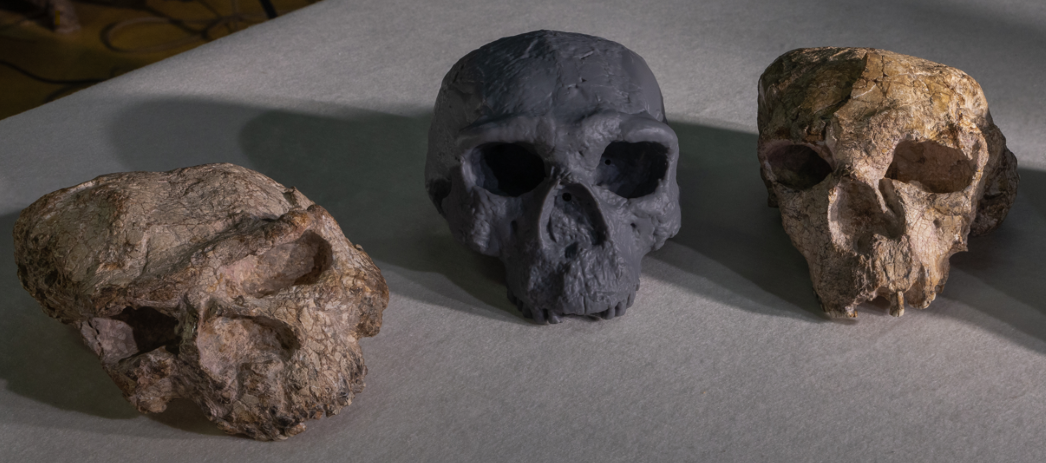Study dates Back our Origins by 400,000 Years to more than One Million Years Ago

A groundbreaking new study suggests that Homo sapiens could have begun to emerge over one million years ago - pushing back our species’ origins by some 400,000 years compared with genetic estimates.
A newly reconstructed ancient human cranium from central China suggests that our species began diverging from the common ancestor more than one million years ago, substantially earlier than previously believed.
In a new paper published today in Science, an international team led by researchers from Fudan University, Shanghai and the Chinese Academy of Sciences, Beijing, alongside palaeoanthropologist Prof Chris Stringer of London’s Natural History Museum, reveal their analysis of Yunxian 2.
This ~one million-year-old fossil human skull from Hubei Province, China, was discovered in 1990 badly crushed and difficult to interpret but believed, according to its age, to be Homo erectus.
Using advanced CT scanning, structure light imaging and sophisticated virtual reconstruction techniques, the team restored Yunxian 2’s original shape and compared it to more than 100 other fossil specimens.
Their findings show Yunxian 2 displays a unique combination of primitive and more advanced traits. These include a large, squat braincase and a more projecting lower face, similar to Homo erectus. At the same time, derived features in the face and rear of the braincase, as well as a larger brain capacity, are closer to later species such as Homo longi (‘Dragon Man’) and Homo sapiens.
Prof Chris Stringer, anthropologist and research leader in Human Evolution at the Natural History Museum, London, explains, “Our research reveals that Yunxian 2 is not Homo erectus, but an early member of the longi clade and linked to the Denisovans. This changes a lot of thinking because it suggests that by one million years ago, our ancestors had already split into distinct groups, pointing to a much earlier and more complex human evolutionary split than previously believed.”
This radical new research suggests that there must be earlier members of the heidelbergensis, Neanderthal, sapiens and longi lineages waiting to be either recognised or discovered.
The study also raises wider questions about where these lineages originated. While Yunxian and similar fossils come from outside Africa, some African fossils from the same period could not yet be included in the analysis, and recent genetics research suggests Homo sapiens may have had a far more complex and tangled ancestry than once thought.
Professor Xijun Ni, who led the project, said, "To answer these questions, a reliable phylogenetic framework is essential, and the reconstruction of Yunxian 2 is a crucial step in building it."
The team constructed the most comprehensive phylogenetic tree of the genus Homo so far and estimated the theoretical divergence time of each clade.
Prof Stringer continued, “Yunxian 2 may help us resolve what’s been called the ‘Muddle in the Middle,’ the confusing array of human fossils from between 1 million and 300,000 years ago. Fossils like Yunxian 2 show just how much we still have to learn about our origins.”
Main Image: From left to right: Yunxian 1, new replica reconstruction of Yunxian 2, Yunxian 2 Credit: Mr. Guanghui Zhao
